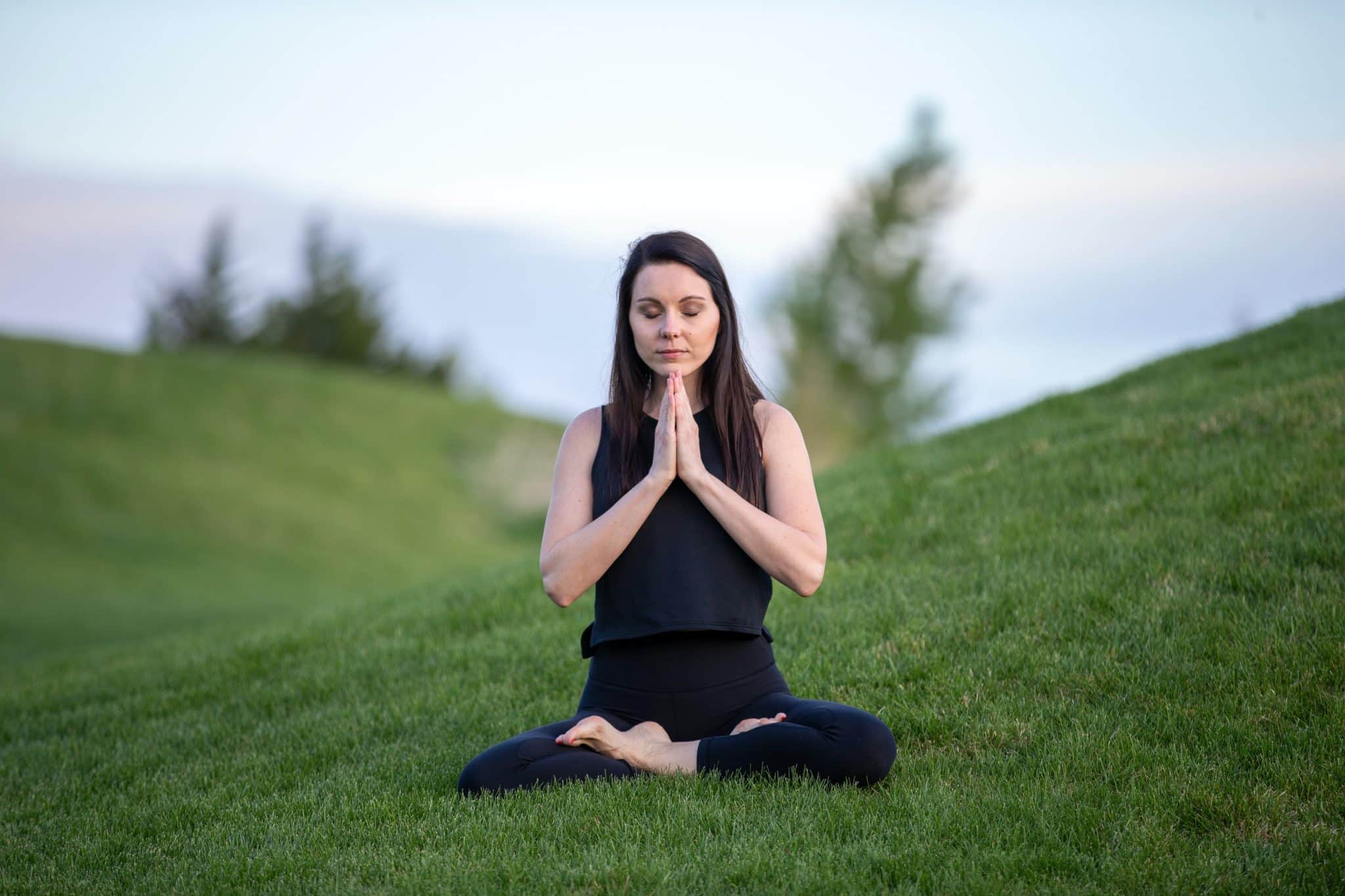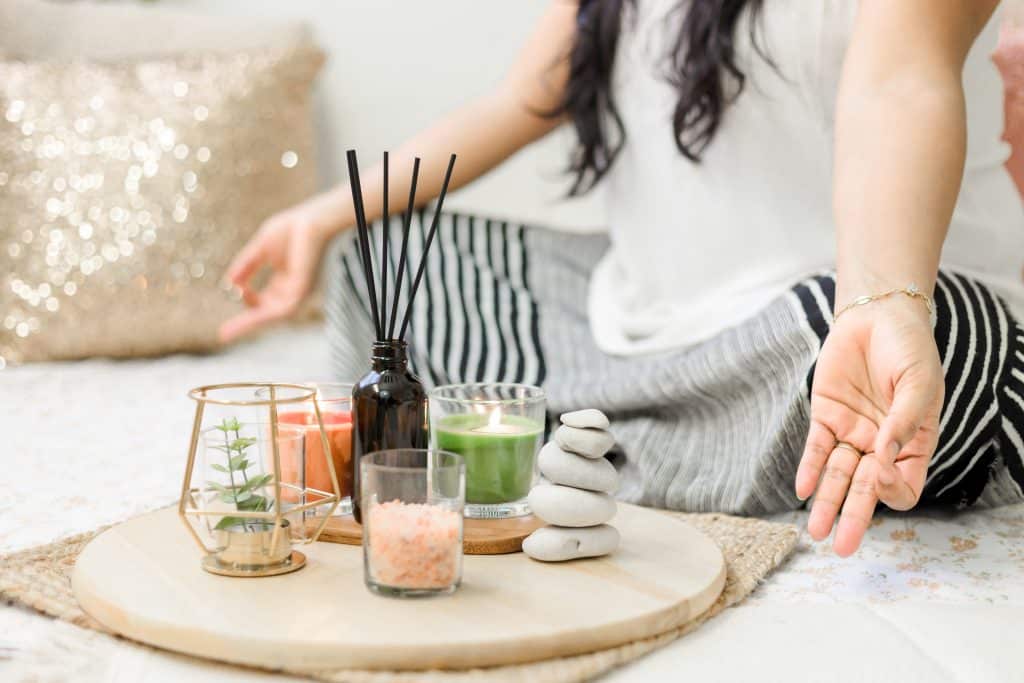Of all the popular means that help people improve their health and well-being, meditation is the one that stands out. But as good as it is, several people from various walks of life have often exclaimed that it is not a practice for them. Why? Simply because it is not always to get started or even maintain one’s practice.
But it is very normal to not master the art of meditation from the get-go. Like other practices, it requires knowledge, dedication, and effort. This article will take a closer look at some of the best meditation tips for students to keep anxiety at bay.
Here are 10 meditation tips, in no particular order, for students to keep anxiety at bay.
Seek Some Help from Professionals or Digital Apps
Meditation is an ancient practice that people have been exploring for several thousands of years. Although in earlier times, meditation was mostly practiced by yogis who were experts in the craft, today, the techniques have evolved to accommodate a broader audience.
Nowadays, there are many tips and helpful guidelines on this effective method of clearing the mind. It has gotten so easy to learn the practices as it is to get a paper written for you by one of the academic services like WritePaper which helps relax the nerves just as much. The development of technology around us makes everything possible, so we just need to grab our chance.
Start Early or Soon After Your Wake Up
After waking up, one’s body and mind tend to be the most relaxed and rested as compared to any other time in the day. Our waking state is like a clean slate for a fresh and new day. Thus, waking up a little before one’s usual hour can be the best time for conscious meditation practice. Early meditation can set a good tone for one’s day and can provide benefits like more calmness, better focus, and more.
Students can try starting earlier by planning their daily schedules in a way that frees up some extra time in the mornings.
Create and Nurture a Space for Your Daily Meditation
One’s immediate environment and space often have the power to affect our daily mood and habits. Thus, a majority of people feel most inspired and productive when working from a familiar and comfortable place. Having a separate place or corner for meditation is not an absolute requirement, but it can certainly boost one’s practice.
Creating a customized, clean, and serene space for one’s daily meditation practice can also help maintain consistency. You can set your meditation spot by picking a well-ventilated spot, a comfortable cushion or mat, using natural essential oils or incense, and more.
Find the Most Comfortable Meditation Position for You
The overall body position of an individual is a crucial component during meditation. This is because the position of one’s body not only enables better awareness but also helps to keep the practice going for longer. With a comfortable position, better awareness, and a calm place, one can also find it easier to turn their focus away from their external environment to their inner quietness and stillness.
One can experiment with various types of postures as there can be various types of mediational practices. Depending on one’s choice of meditation, they can either find their best postures in sitting, standing, or laying down positions. One can also boost their overall comfort by using cushions, mattresses, pillows, yoga mats, and more.
Focus on Breathing as Naturally as Possible
Breathing is something the body does naturally as a part of one’s involuntary system. Therefore, bringing more awareness through meditation practices helps people to become more conscious of their breath and breathing patterns. This is important as without meditation – in some form or another – it is difficult to deeply observe one’s breathing process.
Meditation can help regulate one’s most vital components of life: mental, physical, and emotional states. This automatically improves one’s breathing process. Better breathing through meditation also helps regulate one’s reactions to negative emotions like anger, envy, strife, and more. Focusing on one’s breath is also the most effective way of getting into a meditative state quicker.
Start with Short Meditation Durations & Easy Techniques
Despite its calming and rejuvenating effects, meditation can seem to be a hard practice in the beginning. The main reason is that this skill, like most other skills, requires proper know-how and extensive practice. But because of modern technological times, it is a lot more difficult to easily find the time or keep distractions that cause your fatigue at bay. This makes it harder to meditate for longer durations using conventional meditation methods.
Thus, to begin effectively, students are recommended to start with a shorter duration and simpler meditation techniques. As it gets easier and more comfortable, one can slowly increase their time or try new techniques.
Meditation Can be Done in Several Forms
Most people take meditation to feel more relaxed, think more clearly, sleep better, or perform better. Of course, all these can be achieved by a simple daily practice of meditation. But most people understand differently as it’s mainly about better awareness, breathing, and being in a flow state.
Once an individual understands the main principles involved in the meditation process, they can choose from various forms to give them the results they need. Some ways of getting into meditative states are washing dishes, drawing or painting, knitting, observing one’s breath, and more.
Keep Records of Your Meditation Sessions
The best way to improve at something is through recording one’s journey with notes and progress reports. This is the surest way to know one’s actual progress at just about any task. When it comes to meditation, students can record the effectiveness of their sessions to know which techniques work best. Note-taking also helps in knowing which times of the day are best for personal practice.
Don’t Judge Yourself Too Harshly
Whenever people try something new, they naturally feel incompetent or shaky initially. This shouldn’t discourage anyone since it’s all a part of the learning process. Meditation is not a competition or a race to succeed or win. It is a dynamic process that requires quite a bit of dedication so one can receive all the best benefits of it.
So, judging oneself too much is not the best approach. Taking the time to slowly build one’s overall meditational practice is one of the best ways to not only enjoy the process but also get maximum benefits along the way.
Practice as Much as You Can
As most people continue to state on a daily basis, meditation is not as easy as it may seem. And this is true for even those who have been practicing for years. Meditation is a life-long practice that must be undertaken consistently to receive results. This is because, as dynamic beings who experience new things each day, we need certain practices to maintain balance, energy, and focus.
Practicing meditation regularly can provide a multitude of positive effects on the lives of students. Making a schedule and setting a specific time for meditation is great, but one should still use any of their free time if they cannot keep up with a daily plan.
The Bottom Line
With the above tips in mind, students can easily get started with their daily meditational practices. Over and above these tips, students are also recommended to conduct some research and find their best methods and practices. Another way of making progress with one’s meditational practices is by going at it with one’s (like-minded) friends and peers. This way, one doesn’t just learn a few extra tips for their practice but can also focus along with their group when distracted.









